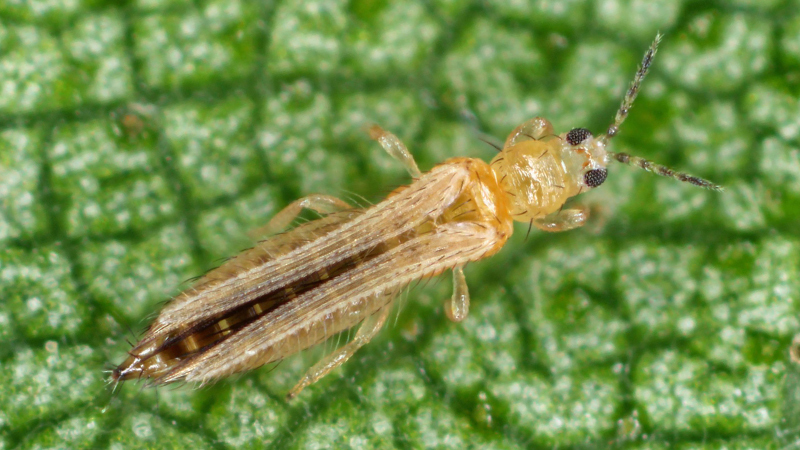5 Questions to Answer Before Venturing Into Greenhouse Vegetables

Transitioning from ornamental to vegetable production in a greenhouse requires a lot of planning in advance. If you are considering making this change, here are just a few factors you’ll need to consider.
Q: I am a commercial greenhouse grower of ornamentals who wants to diversify by producing greenhouse tomatoes for the fresh market. What do I need to consider if I want to retrofit convert one of my existing greenhouses over to tomato production?
A: I don’t have plans for this kind of conversion, and also do not recommend trying to retrofit a solid building with a roof into a suitable structure for growing greenhouse crops such as tomatoes. Even with the roofing material removed, there are structural supports that cannot easily be removed without compromising the structural integrity of the building. These supports will cast quite a bit of shade so plants would likely not get enough light to perform well. Build a new greenhouse designed for tomatoes.
Q: How do I choose the right variety of tomato for growing in the greenhouse and getting maximum harvests throughout the year for fresh market sales?
A: Unless you only want to harvest for a few short weeks, choose an indeterminate tomato. These will yield over many months, whether you want a fall crop, spring crop, over the winter crop, or one that you can pick for nearly year round. Considering the investment in the greenhouse structure, environmental control (fans, heaters, HAF fans, thermostats), seeds, etc., it makes sense to harvest over as long a season as possible.
Q: If I am a commercial grower just starting into greenhouse tomato production for the fresh market, what size of production area should I start with? How do I scale up for the future?
A: Growing greenhouse tomatoes is considerably more technical than raising a few tomato plants outside. Everything the plants need depends on the grower, not nature. It takes years to develop the management skills to grow more than 1 bay of tomatoes. So, I strongly recommend starting with 1 greenhouse or greenhouse bay. You will learn a lot in your first year or two. Then, if you want to expand, you can always add on more gutter-connected bays to the side of the first one. The biggest cause of people going out of business is starting too big. Unfortunately, I have seen this too many times.
Q: How is growing tomatoes in a greenhouse different from growing ornamentals in a greenhouse in terms of watering?
A: Plants can wilt if not enough water per day is applied. But they also can wilt if the interval between watering events is too long. Plants can use up all of the water and wilt if the next watering it too far off. So, instead of watering every three hours, try changing the time clocks to once per hour, or even every 45 minutes. The volume of water per watering can be adjusted downwards so the daily amount is not increased. My rule of thumb is that mature (producing) plants need 2 to 3 quarts of water per plant per day. Remember, there should always be some drainage from the buckets or bags with every watering. If there is no drainage, you are not watering enough.
Q: I want to grow my tomatoes organically. What do I need to consider if I want to grow greenhouse tomatoes in a bay or greenhouse close to my ornamental crops in terms of crop protection and food safety issues?
A: The greenhouse environment is very suitable for both insects and diseases. Most diseases progress rapidly in hot, humid conditions and that is exactly what the greenhouse provides. Insects will find their way into the greenhouse eventually and reproduce rapidly if unchecked. You can grow organically if you want, but the greenhouse needs to be scouted every day to catch outbreaks of insects or diseases before they spread throughout the whole greenhouse. Organic products listed on the OMRI website can be used. Also predatory and parasitic insects can be used in a biologically controlled system, but a delivery schedule of beneficial insects needs to be set up with your supplier before the crop is planted.









